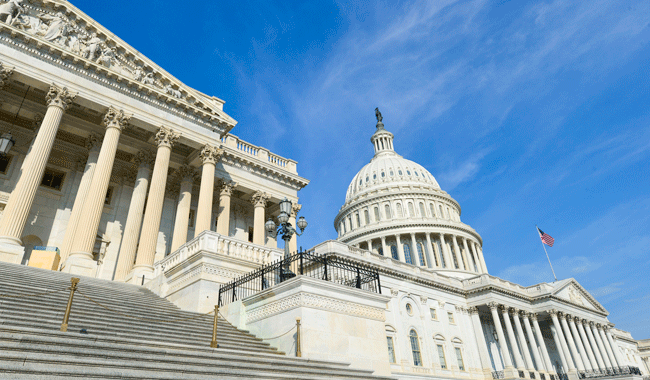
The House of Representatives narrowly passed the Build Back Better Act last month. The $1.6 trillion spending bill is intended to provide funding for a wide range of initiatives, including education, housing, paid family and medical leave, climate change relief, and healthcare.
The bill now sits with the Senate, where its future is in jeopardy. The bill, which needs support from all 50 Democratic senators, has received substantial criticism from Senator Joe Manchin (D.-W.VA) and is unlikely to pass in its present form. Senate Majority Leader Chuck Schumer (D.-N.Y.) has stated that the chamber will vote on a revised version of the bill early next year, though the specific changes that will be made are unclear.
Here we identify key healthcare provisions in the bill and recommended actions that healthcare organizations can employ to take advantage of the opportunities created by this historic legislation, should it eventually be signed into law.
General Healthcare Provisions
The Build Back Better Act contains several clauses that will have far-reaching impacts on the healthcare landscape. Some of the notable funding areas include affordable healthcare coverage, lowering prescription drug costs, and pandemic preparedness. Figures 1–3 provide further details.
FIGURE 1: Affordable Healthcare Coverage
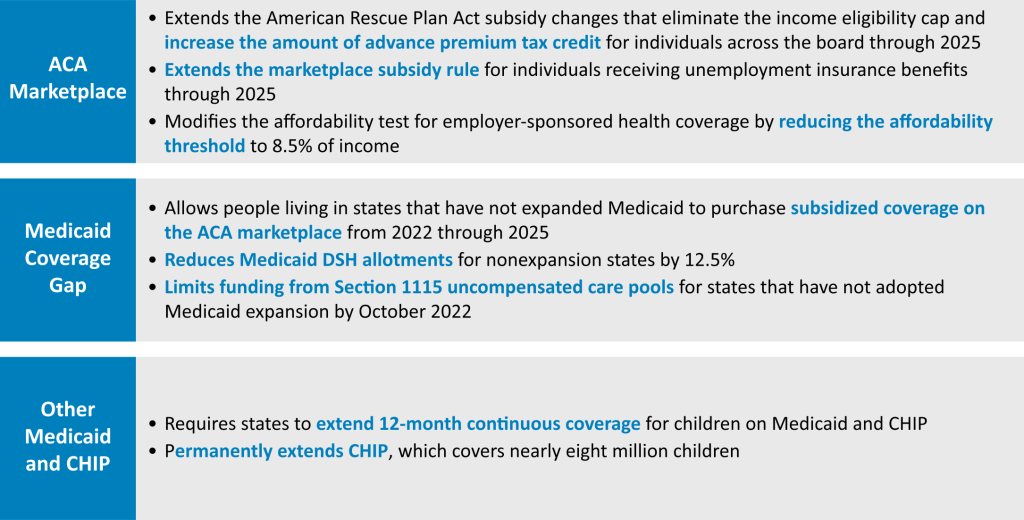
FIGURE 2: Lowering Prescription Drug Costs
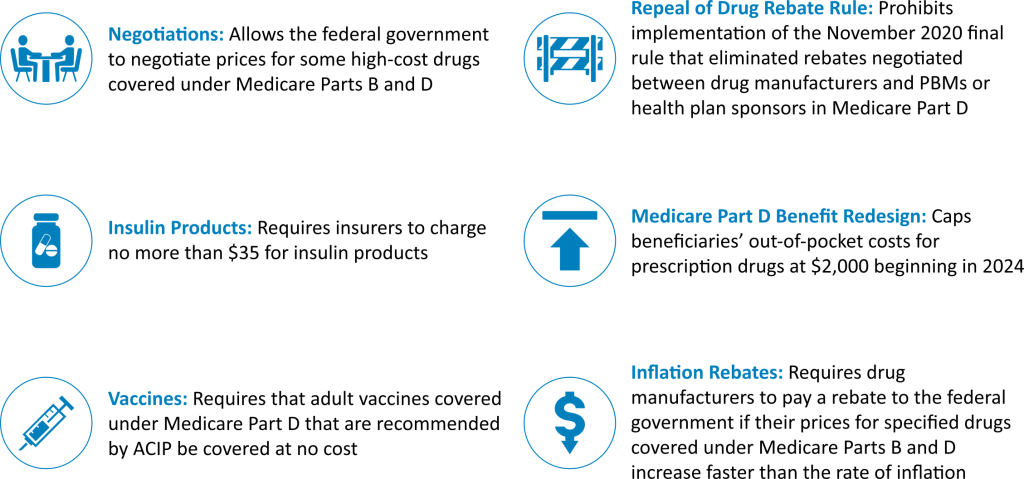
FIGURE 3: Pandemic Preparedness
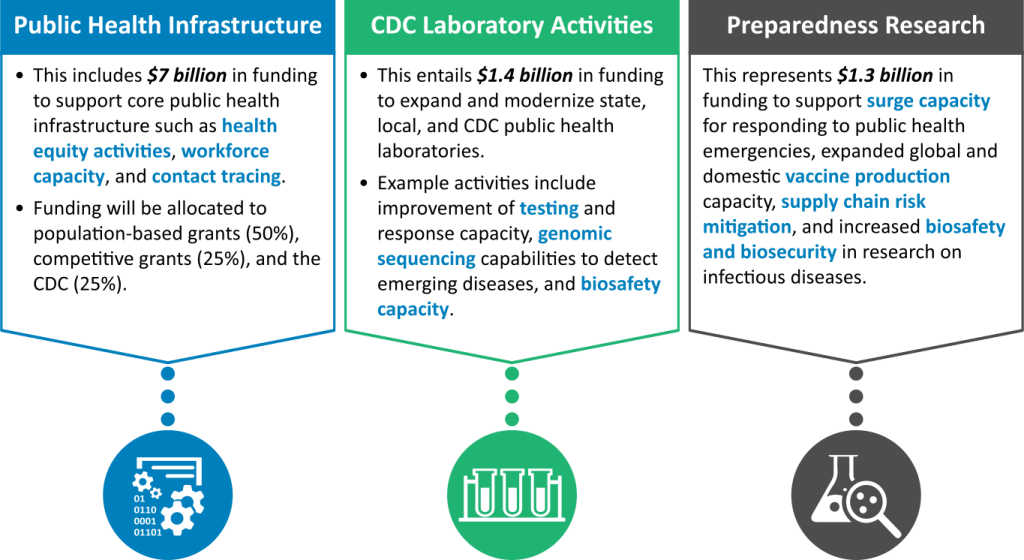
Academic Healthcare (AHC) Impact
Teaching hospitals have been limited in their ability to increase funded GME training for more than two decades. The Build Back Better Act and the recently passed Consolidated Appropriations Act of 2021 represent what have been historically rare opportunities for healthcare organizations to increase their number of funded residents and fellows. Figure 4 summarizes the four sections of the Build Back Better Act that introduce new GME funding.
FIGURE 4: New GME Funding Opportunities
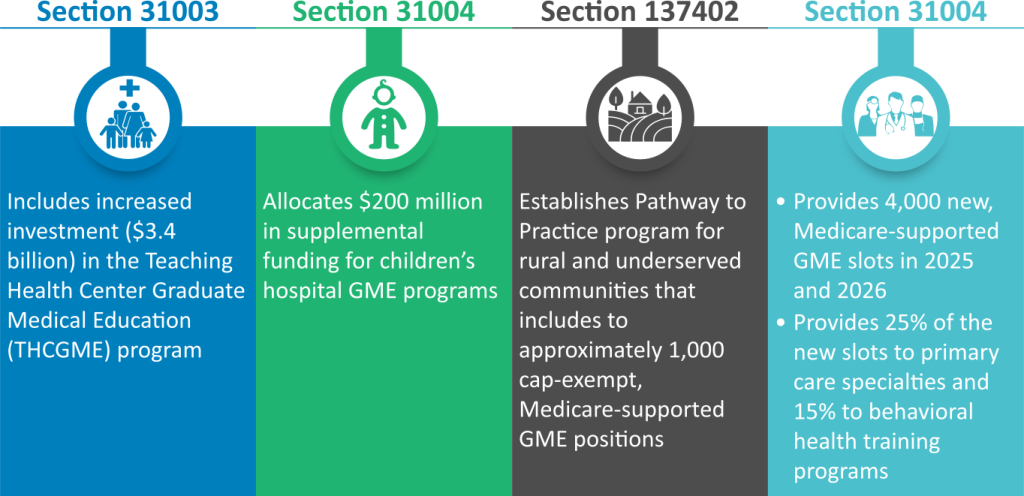
The bill also contains increased funding for schools of medicine and nursing to strengthen their infrastructures, improve their curricula, and expand their faculty and student bases, as outlined in figure 5.
FIGURE 5: Higher Education Funding

Action Items
While the final bill that is approved by the Senate may differ from the version passed by the House, there are important actions healthcare executives can take to capitalize on these unique GME expansion opportunities and higher education provisions (see figure 6).
FIGURE 6: Opportunities from Build Back Better Act Provisions
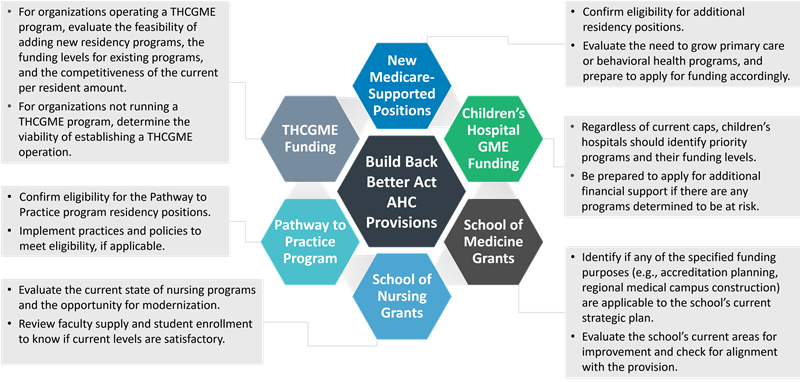
Organizations that proactively prepare for the significant healthcare investments made in the Build Back Better Act will be well positioned to achieve their strategic, operational, and financial goals.

